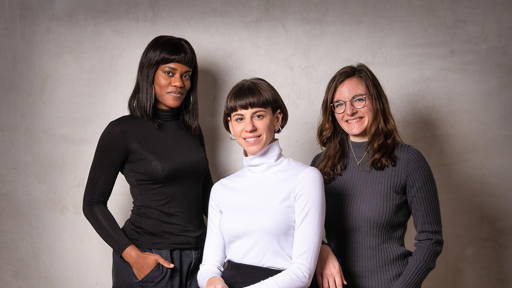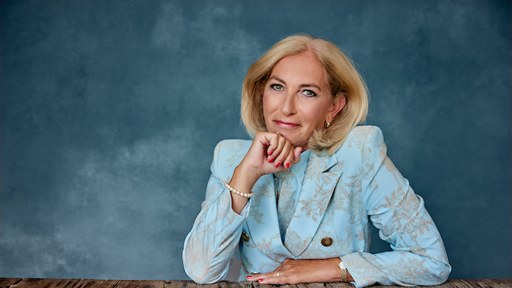The European CSRD (Corporate Sustainability Reporting Directive) requires large companies to report transparently on their sustainability. Although most elderly care providers are not subject to CSRD, they will indirectly face accountability requirements from stakeholders such as health insurers and banks. Trade association ActiZ, together with Deloitte and PwC, has done important preliminary work to reduce the administrative burden of individual care providers and their stakeholders.
Of the nearly 400 elderly care providers who are members of ActiZ, only 12 are CSRD-compliant because of their organizational structure or international ties. The remaining ActiZ members fall outside this obligation. They have yet to deal with the CSRD, argues Wiebe-Jan Stuursma, director of Catharina, Thuis op Voorne and within ActiZ a member of the Housing and Care core group, in edition 4 of ICT&health magazine.
“Their CSRD-compliant stakeholders - health insurers, banks, suppliers - will confront them with accountability requirements to be transparent themselves about their sustainability goals. We wanted to prevent providers in senior care from being unprepared for this.”
Mapping topics
ActiZ therefore started a preparation process in cooperation with Deloitte and PwC to map the material topics on which these providers can report. “This was not only valuable for ActiZ, but also for us,” says Wil-Jan van de Rijdt, partner at Deloitte. “The CSRD is complex legislation. For example, what does the double materiality analysis specifically for elderly care mean and how do you interpret the reporting standards?”
Accountants also have a role in this at CSRD-mandated organizations, Van de Rijdt believes. Deloitte had already gained knowledge from assignments of companies previously required to comply with the CSRD. Cooperation with PwC and coordination with the NBA subcommittee Coziek (consultation platform of accountants in healthcare) broadens support for the outcomes of the dual materiality analysis.
“For this project, we worked with a group of leaders in elder care who had already taken steps, and a reference group. We analyzed the input from these groups and further honed it into two final products: a list of 15 material impacts, risks and opportunities that will apply to most healthcare organizations and 15 potentially material impacts, risks and opportunities that are context dependent.”
Staying in control
“In elder care, many material issues are the same for all institutions,” says Stuursma. “About 80 percent of what they must put forward under the CSRD already comes from this preparation. So, it's a valuable pathway for our members, because it allows them to keep control over what is material and can substantiate it well for their stakeholders.”
Here it is also possible for providers to adopt a “light” version of the CSRD, Van de Rijdt adds. “Determine in which parts you can make the most impact. Put your energy into those and explain to your stakeholders why you are doing that. Then you stay in control.”
Read the entire article in ICT&health 4, which appears August 23. Or read an earlier news item about Deloitte and the CSRD here.







